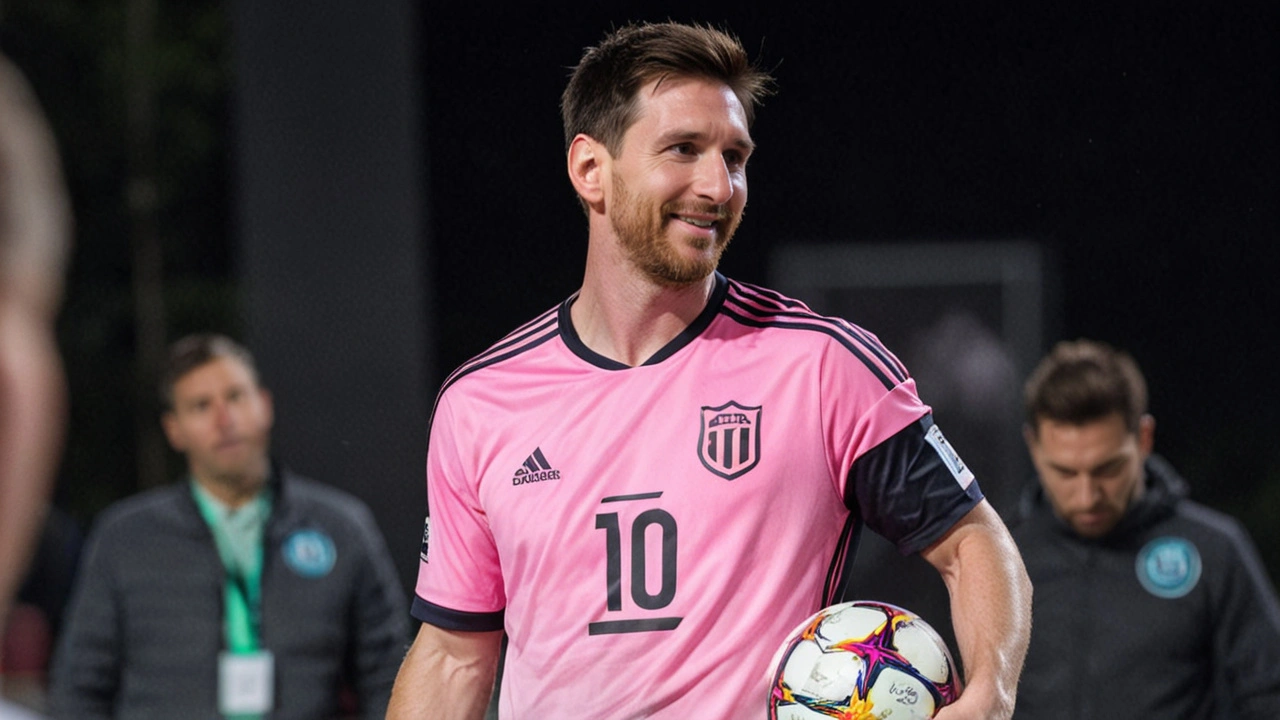Ankle Injury: What to Do Right After a Twist or Roll
Twisting your ankle can feel small at first, but it can stop you in your tracks for days or weeks. Whether it happened on the pitch, the pavement, or at home, the right steps in the first 24–48 hours decide how fast you recover. This short guide tells you what to do now, how to handle rehab, and how to lower the risk of doing it again.
How to treat an ankle injury now
Start with simple first aid: Rest, Ice, Compression, Elevation. Rest from weight-bearing and avoid walking on it until you test pain. Apply ice for 15–20 minutes every 2–3 hours to cut swelling. Wrap the ankle with a snug bandage or compression sleeve, not so tight that your toes turn blue. Keep the ankle elevated above heart level while sitting or lying down.
If you can’t put any weight on the foot, see a clinician quickly. Also get checked if you notice a misshapen joint, severe pain, numbness, or if swelling and bruising explode within hours. A doctor will decide if you need an X-ray, boot, or referral to a physio.
Rehab and getting back to normal
A mild sprain may feel better in a week or two. Moderate sprains need several weeks. Severe tears can take months and sometimes need surgery. The key is a step-by-step rehab plan: start with gentle range-of-motion work, then add strength, then balance, and finally sport-specific moves.
Simple exercises you can do at home: ankle circles and alphabet writing for mobility; calf raises and resisted dorsiflexion with a band for strength; single-leg balance and wobble-board work for stability. Progress only when pain allows. Add sport or job-specific drills last — sprinting or jumping too soon brings you right back to square one.
Consider an ankle brace or taping when you return to high-risk sports. Braces reduce re-injury in players who already sprained once. If you had multiple sprains, a physio can teach you targeted balance and strength drills to fix lingering weaknesses.
Want to speed recovery? Sleep well, manage swelling with ice and elevation, and keep moving the toes and knee to avoid stiffness. Avoid anti-inflammatory overuse — short-term use can help pain, but ask a clinician if you’re unsure.
When to see a specialist: persistent pain beyond 3–4 weeks, repeated giving-way, or symptoms that block everyday life. A sports doctor or orthopaedic can check ligaments and cartilage, and a physio will guide a rehab plan so you come back stronger, not just pain-free.
Ankle injuries are common, but most heal well with the right care. Take the early steps seriously, follow a steady rehab plan, and use prevention strategies like balance training and proper footwear to keep you moving without worry.

Inter Miami Updates on Lionel Messi's Ankle Injury Following Copa America Victory
Keabetswe Monyake Jul 18 14Inter Miami provides updates on Lionel Messi’s ankle injury sustained during Argentina's Copa America victory against Colombia. Medical evaluations reveal a ligament injury in his right ankle, casting doubt on his participation in upcoming matches and future tournaments.
More Detail